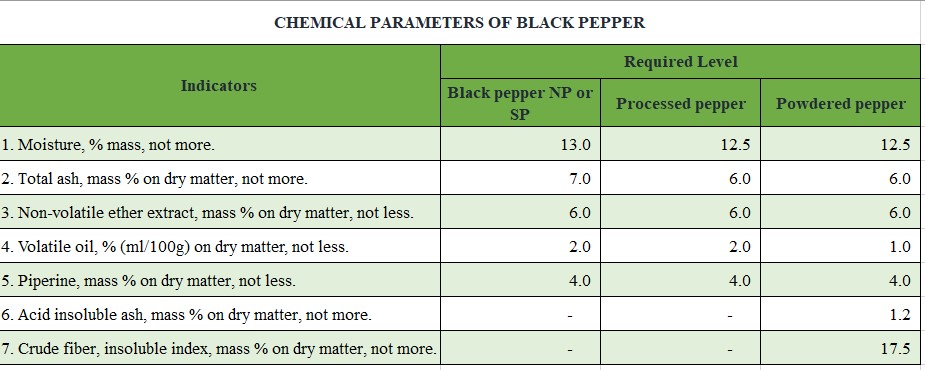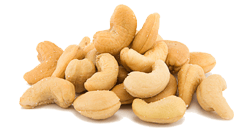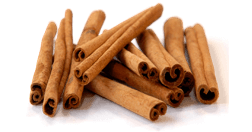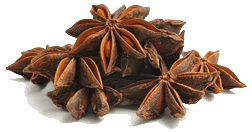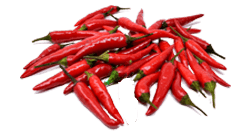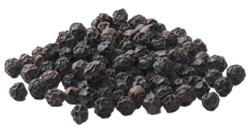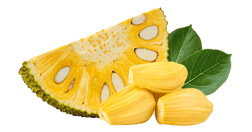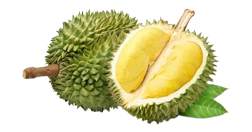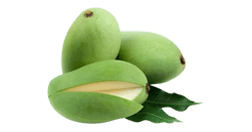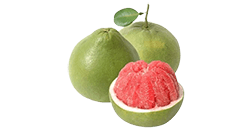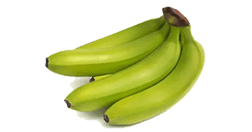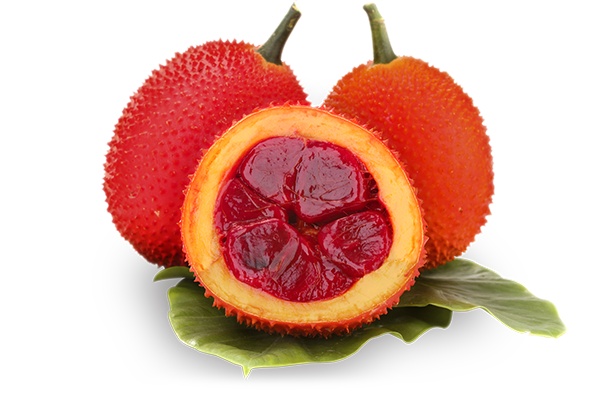Black pepper Vietnam
Home / Black pepper / Black pepper Vietnam
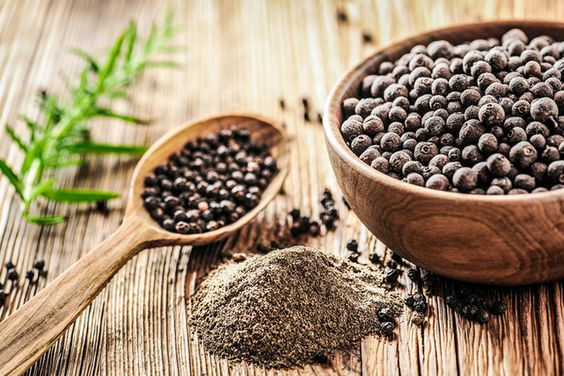
Black pepper Vietnam
Black Pepper
Black Pepper from Vietnam.
Suppliers, Exporters, Producers and Processors of Black Pepper.
Origin from Dak Nong Provine , Daklak Province, Vietnam
Dak Nong is one of the regions with the highest pepper productivity in Vietnam, contributing to making Vietnam the world’s No. 1 pepper exporting power.
Since the 1980s, pepper has been developed in Dak Nong, focusing mainly on cooperatives and state-owned farms with an area of about 40 – 50 hectares.
Since then, the area of pepper has continuously increased sharply, currently reaching 33,591 hectares, with an output of 60,049 tons. Thanks to growing on fertile basalt soil, the mineral content of pepper in Dak Nong is higher than in other pepper growing regions. Besides, Dak Nong is highly appreciated by the domestic and foreign pepper community as one of the leading localities in the movement of producing clean and safe pepper.
The quality of Dak Nong pepper is due to the specific natural conditions as well as the production methods of pepper farmers in the geographical area.
The geographical area has a high average annual rainfall, in the range of 1,777 – 2,719 mm/year. The rainy season is from April to the end of November, concentrating over 90% of the annual rainfall. Rainy period lasting from 7 to 8 months (longer than other regions from 2 to 3 months) is the ideal condition for plants to develop seed size. The harvest time of Dak Nong pepper is from January to April, peaking in February, coinciding with the dry season in the geographical area. This is the period with temperature ranging from 23-25oC, high number of sunshine hours, low humidity, high evaporation.
This climatic condition occurs during the harvesting and drying process, creating the distinctive color of black pepper and red pepper in Dak Nong. The continuous dry period from December to March helps plants have enough time to differentiate flower buds after harvest, creating conditions for plants to flower simultaneously after encountering high humidity in April. This helps to increase the rate of flowering. pollination rate, reduce seed defects per head, help plants give high yield The total number of sunshine hours is high (average is from 2,000 to 2,300 hours/year) and mainly concentrates on the ripening and harvesting stages (February to May). 3) the combination of low humidity (lowest humidity 71% in February) during this period makes the pepper bearing the geographical indication “Dak Nong” after harvest quickly remove the water content in the ripe pepper fruit, helps pepper products after drying / drying to have high piperine content.
In addition, the geographical area has a thick effective soil layer, a porous structure, good permeability and water retention, and the soil has a mechanical composition ranging from medium to heavy flesh. The surface organic matter content fluctuates from 1.94 to 3.95%; Total nitrogen content in the surface layer ranges from 0.12 to 0.19%; Phosphorus content ranges from 0.2 to 0.3%; the cation absorption capacity (CEC) ranges from 14.18 to 22.27 me/100g of soil; The exchangeable calcium and magnesium content ranges from 0.25 to 0.28 me/100g of soil. As a result, pepper plants in Dak Nong pepper grow and develop well with high yields, as well as outstanding Fe and Mn content.
Ingredient
-Black pepper is composed of carbohydrate of 37.4%,
-Proteins of 25.5%,
-Fibres of 23.6%,
-Moisture of 4.7% and fat of 5.3%, as well as minerals, including 0.66% potassium (K), 0.20% calcium (Ca), 0.16% phosphorus and 0.16% magnesium (Mg)
